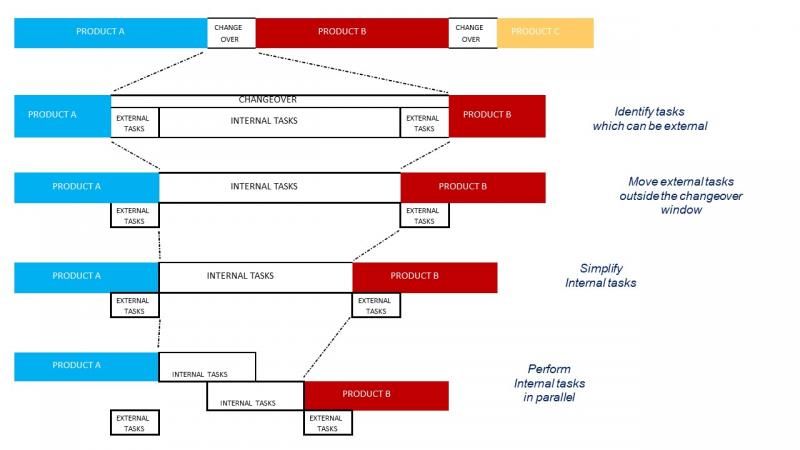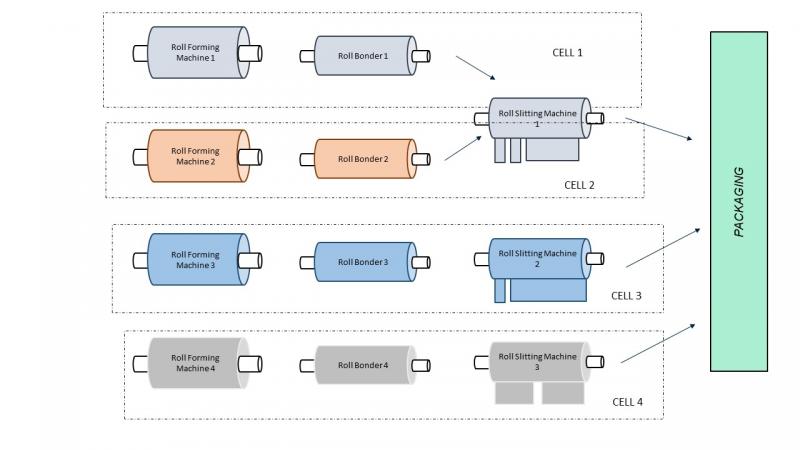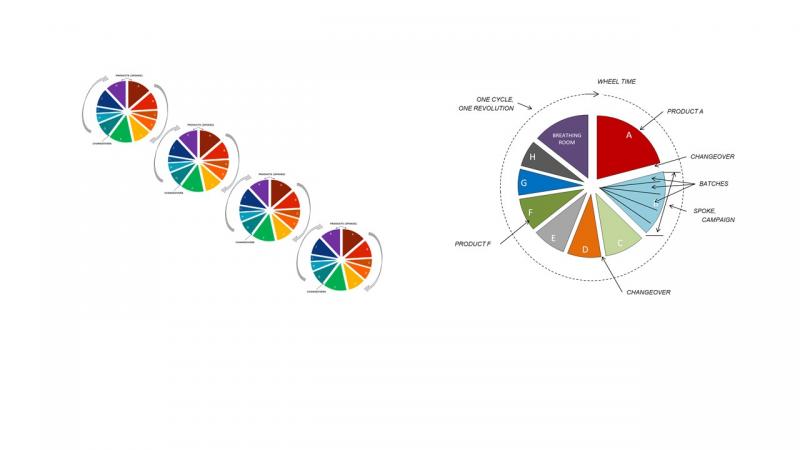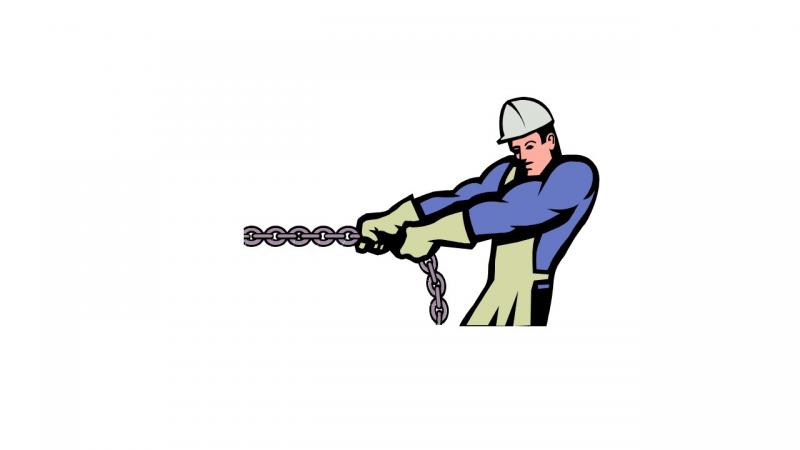Lean Dynamics LLC
Lean Dynamics LLC
DE
alt: 302-528-2700
PeterKin
Improving plant Throughput
Lean Dynamics has a number of ways to improve manufacturing flow and increase throughput, that will enable you to increase sales and revenue if you’re capacity limited and oversold, or reduce manufacturing cost if you’re not.
SMED – Single Minute Exchange of Dies – is a proven way to simplify product changeovers and reduce time and material losses. We have extensive experience in helping operations execute SMED, and understand the additional factors that must be considered in process operations. We have shown that once is not enough, that you can continue to make improvements by repeating SMED after the previous improvements have stabilized.

Cellular flow patterns – we’ve demonstrated that cellular flow can be achieved in process operations without any equipment rearrangement, by creating virtual flow patterns. Creating virtual work cells, and then dedicating closely knit product families to each cell will almost always reduce changeover time and complexity and reduce inventories. It also enables shorter production cycles, further reducing inventory and improving flexibility and responsiveness.

Product Wheel Scheduling is the next logical step after SMED and Cellular Flow. It will further reduce changeover number and complexity, by making each individual SKU at the optimum frequency and campaign size, and sequencing each SKU so that its equipment settings are most closely aligned with its neighbors.

Product Wheels also tend to level flow, to reduce or eliminate production peaks, which can require additional labor or overtime, and valleys, when some of those resources are wasted.
Pull Replenishment
Pull is a system where what gets produced is based on what has been "Pulled" from the downstream inventory, rather than producing based on a forecast, which "Pushes" material into the downstream inventory whether it's needed or not. Pull avoids overproduction and creates more stable inventory patterns.

All of our improvement processes rely on pull replenishment. Product wheels, for example, are designed based on the best available forecasts, but what gets produced on any cycle is what has been pulled from the downstream inventory since the last cycle.
Copyright 2011 Lean Dynamics LLC. All rights reserved.
Lean Dynamics LLC
DE
alt: 302-528-2700
PeterKin
